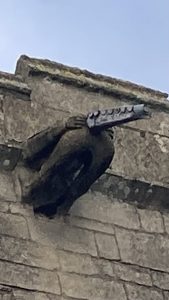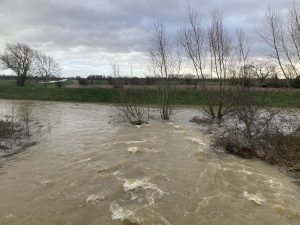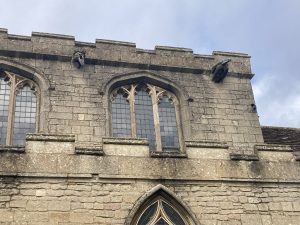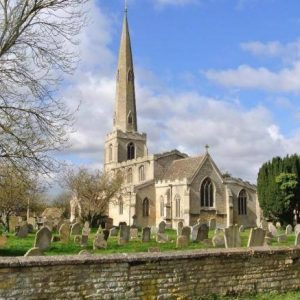The Glinton Walk: the last Ramble of 2023
Photographs by Jackie Markley, Commentary by Tony Attwood

For the last walk of 2023 Peterborough Ramblers moved to Glinton – a village with a population of around 3000 contained within what officialdom likes to call (for resasons that will not become clear at this point) “1,200 dwellings.” It is separated from Peterborough by the mighty A15, sometimes known as the Peterborough bypass or not as the case may be.
According to some, the origin of the place name Glinton is uncertain. Commentators in general postulate that the word may mean “village on the Glym brook” (which is to say the Brook Drain) or could possibly be derived from the Old Danish word klint meaning hill.
I am told that enquiries were made to see if our group could be introduced to any old Danish people but they were not available. Nor indeed were any Middle Low German people who apparently have the word “glinde” in their vocabulary meaning fence.
Rumours have it that the stonemason added the gargoyle after the local authorities refused to pay his fee in full, but I cannot confirm or deny that.
And indeed if one looks at the first picture, then “look-out” surely is the meaning herein, for if ever there was a construction that looks like a look-out then this look-out looks like it is it. Middle Low German or no Middle Low German.

Glinton was mentioned in the Domesday Book (of which it has also been said) and so it clearly was around in 1086 (or quarter to 11 in modern money) and evidence suggests that it dates from earlier times.
In fact it seems that the Romans were here and dug a well in the village.
As can be seen from these pictures, at the time of our walk the well was overflowing.
Much of the recovery work on Glinton was undertaken during the building of the A15 bypass in 1996, so certainly anything that was spotted and looked old came from before that date.

According to reports, there was a medieval drainage system discovered when that road was extended as well as some drains near the junction with the High Street. As you can see, they have overflowed.
And thus we move on to St Benedict’s church which is said by those who know about such things to have a profoundly wonderful needle spire. “Second only to Salisbury Cathedral,” I am told.
It was written about by John Clare who went to school in the church. Indeed there is an inscription dated 1808 on the door frame of the church. The final picture below is taken from Glinton Church’s Facebook page.
